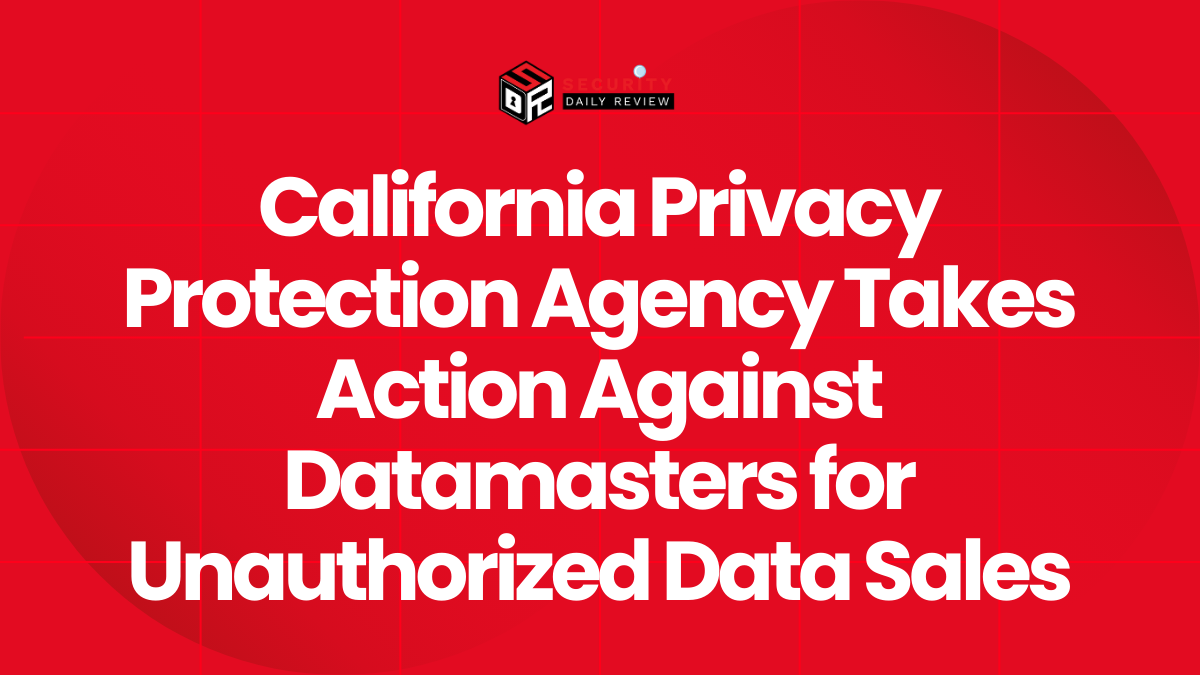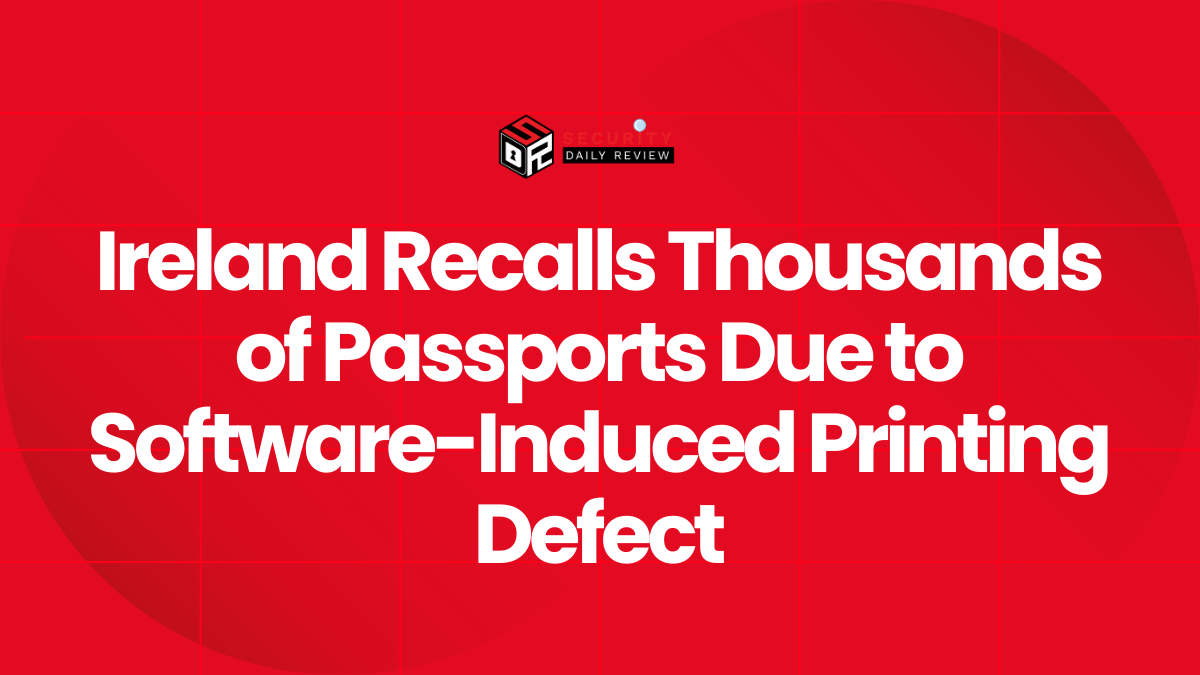The Impact of the Clorox 2023 Cyberattack on Sustainability Initiatives
The Clorox Company, a leading manufacturer of household goods, recently disclosed in its annual report that a significant cyberattack in August 2023 severely hampered its progress towards its ambitious 2030 plastic and waste reduction goals. This incident, costing the company an estimated $49 million, caused substantial operational disruptions, directly impacting the implementation of crucial sustainability strategies. A Clorox spokesperson confirmed the impact, stating that the 2023 cyberattack “caused significant operational disruption to our entire business.
” Although the company has since restored operations, fully rebuilt supply and distribution, and recovered the vast majority of the market share we lost from the cyberattack, the long-term effects on its sustainability objectives remain a concern.”
Sustainability Goals and Challenges
Clorox’s 2030 sustainability goals, initially set in 2019, aim for substantial reductions in virgin materials and a significant increase in post-consumer recycled (PCR) plastic within its packaging. This ambitious plan encompasses a diverse product portfolio, including well-known brands like Clorox cleaning products, Fresh Step cat litter, Glad trash bags, Hidden Valley ranch dressing, Kingsford charcoal, and Burt’s Bees skincare. The sheer breadth of this portfolio presents a complex challenge in achieving uniform sustainability across all product lines.
The company’s annual report highlights several factors hindering its progress, with the cyberattack’s disruption being a major contributor. Beyond the immediate operational challenges, the report points to “access to high-quality, post-consumer recycled plastic, limited recycling infrastructure and packaging technology, particularly for film and flexible materials that are not recyclable” as significant obstacles. These challenges are further compounded by the diversity of the company’s product offerings, each presenting unique packaging needs and recycling complexities.
Financial Implications and Future Strategies
The financial implications of achieving more aggressive sustainability goals are substantial. Clorox estimates that a roughly 50% increase in PCR content in plastic packaging, combined with the cost of sourcing 100% Roundtable on Sustainable Palm Oil-certified palm oil (a separate sustainability goal), could result in annual costs ranging from $3.5 million to $7 million.
Furthermore, the company anticipates costs associated with Extended Producer Responsibility (EPR) policies, projecting $2 million to $5 million in the medium term and potentially $15 million to $20 million in the longer term if regulations expand to more markets. To mitigate these costs, Clorox is prioritizing the reduction of virgin plastics.
Despite these setbacks, Clorox remains committed to its sustainability journey. The company recently completed a formal ESG materiality assessment and is currently reassessing its goals to ensure alignment with industry advancements and stakeholder expectations.
A spokesperson emphasized the company’s ongoing efforts, stating, “we’re proud of the progress we’ve made while recognizing there is more to do and that we must continually evolve alongside industry and the broader landscape.”
The company is actively integrating sustainability across its business units, with each developing individual plans to improve the sustainability of their respective product packaging.
Clorox is actively pursuing innovative solutions, such as Pine-Sol cleaner concentrates packaged in bottles containing at least 50% post-consumer recycled plastic. This initiative, along with a broader push for concentrated cleaners and refillable products, demonstrates the company’s commitment to minimizing its environmental impact. The company utilizes life-cycle assessments to guide packaging design and to carefully balance sustainability trade-offs between different materials.









